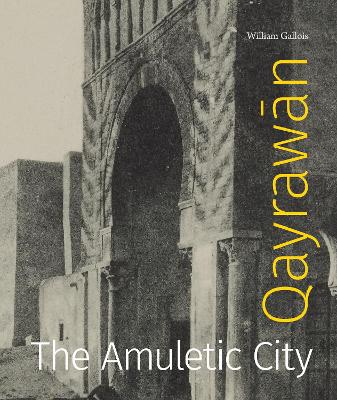In the last years of the nineteenth century, the Tunisian city of Qayrawān suddenly found itself covered in murals. Concentrated on and around the city’s Great Mosque, these monumental artworks were only visible for about fifty years, from the 1880s through the 1930s. This book investigates the fascinating history of who created these outdoor paintings and why.
Using visual archaeological methods, William Gallois reconstructs the visual history of these works and vividly brings them back to life. He locates pictorial records of the murals from the backdrops of photographs, postcards, and other forms of European ephemera. In Qayrawān, he identifies a form of religious painting that transposed traditional aesthetic forms such as house decoration, embroidery, and tattooing—which lay exclusively within the domains of women—onto the body of a conquered city. Gallois argues that these works were created by women as a form of “emergency art,” intended to offer amuletic protection for the community, and demonstrates how they differ markedly from “classical” Islamic antecedents and modern modes of Arab cultural production in the Middle East and North Africa.
Based on extensive archival research, this study is both a record of a unique moment in the history of art and a challenge to rethink the spiritual force and agency of a group of anonymous female artists whose paintings aspired to help save the world at a time of great peril. It will be welcomed by scholars of art history, Islamic studies, Middle East studies, and the history of magic.
- ISBN10 027109527X
- ISBN13 9780271095271
- Publish Date 23 January 2024
- Publish Status Active
- Publish Country US
- Imprint Pennsylvania State University Press
- Format Hardcover
- Pages 208
- Language English
